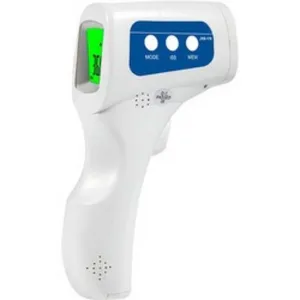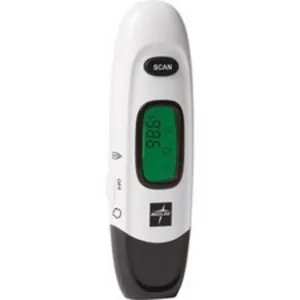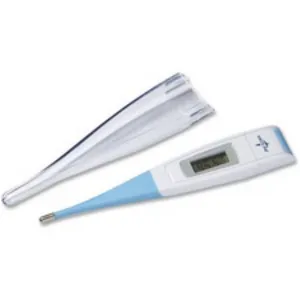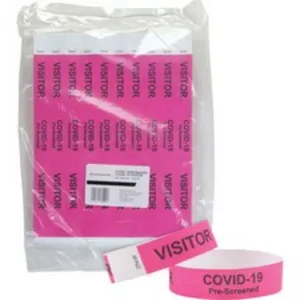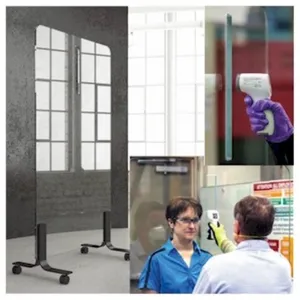
KEEP SAFE WITH A SCANNING SHIELD & TRACK WHO HAS BEEN SCANNED WITH THESE HELPFUL WRIST BANDS
HOW TO CHOOSE?
Choosing the thermometer that’s best for your environment can be confusing. So here’s what you need to know about the most common thermometers.
TYPES OF THERMOMETERS
In general, there are two types of thermometers. Touch, or contact, thermometers must touch the body to measure temperature. Remote, or no contact, thermometers can measure body temperature without touching the skin.
REMOTE THERMOMETERS
Many schools, businesses, and health care settings are screening visitors for fever. A remote thermometer that doesn’t require skin contact allows people to remain further apart. Remote thermometers can be used on the forehead (temporal artery) or the ear (tympanic).
What are the Pro’s & Cons?
TEMPORAL ARTERY THERMOMETERS
Non-Contact Trigger Scan & Non-contact Wands are Remote forehead thermometers that use an infrared scanner to measure the temperature of the temporal artery in the forehead.
The Pros: A remote temporal artery thermometer can quickly record a person’s temperature. The are also safe for use on children.
The Cons: Direct sunlight, cold temperatures, or a sweaty forehead can affect temperature readings. Variations on user technique, such as holding the scanner too far away from the forehead, also may affect accuracy.
CONTACT THERMOMETERS
The most common kind of contact thermometer uses electronic heat sensors to record body temperature. Most electronic thermometers have a digital display that shows you the temperature reading. For this type we offer our Wearable Wrist Thermo Tracker or our Non-Digital Disposable Thermometer strips.
The Pros: Most electronic contact thermometers can record temperatures from the forehead, wrist, or mouth — often in less than one minute. An electronic contact thermometer is appropriate for children and adults.
The Cons: Remembering to wear it every day to track your temperatures.
ORAL THERMOMETERS
Also called a contact thermometer, it records your temperature by being inserted into your mouth.
The Pros: Easy to store, and many have disposable sleeves you can purchase to protect the device from coming in direct contact with the mouth.
The Cons: You need to wait 15 minutes after eating or drinking to take an oral temperature. Otherwise, the temperature of your food or drink might affect the thermometer reading. In addition, it can be difficult for children or anyone who breathes through the mouth to keep their mouths closed long enough to get an accurate oral reading. You will also need to sanitize between uses.

